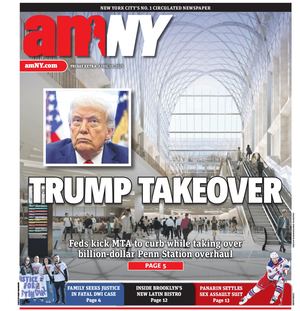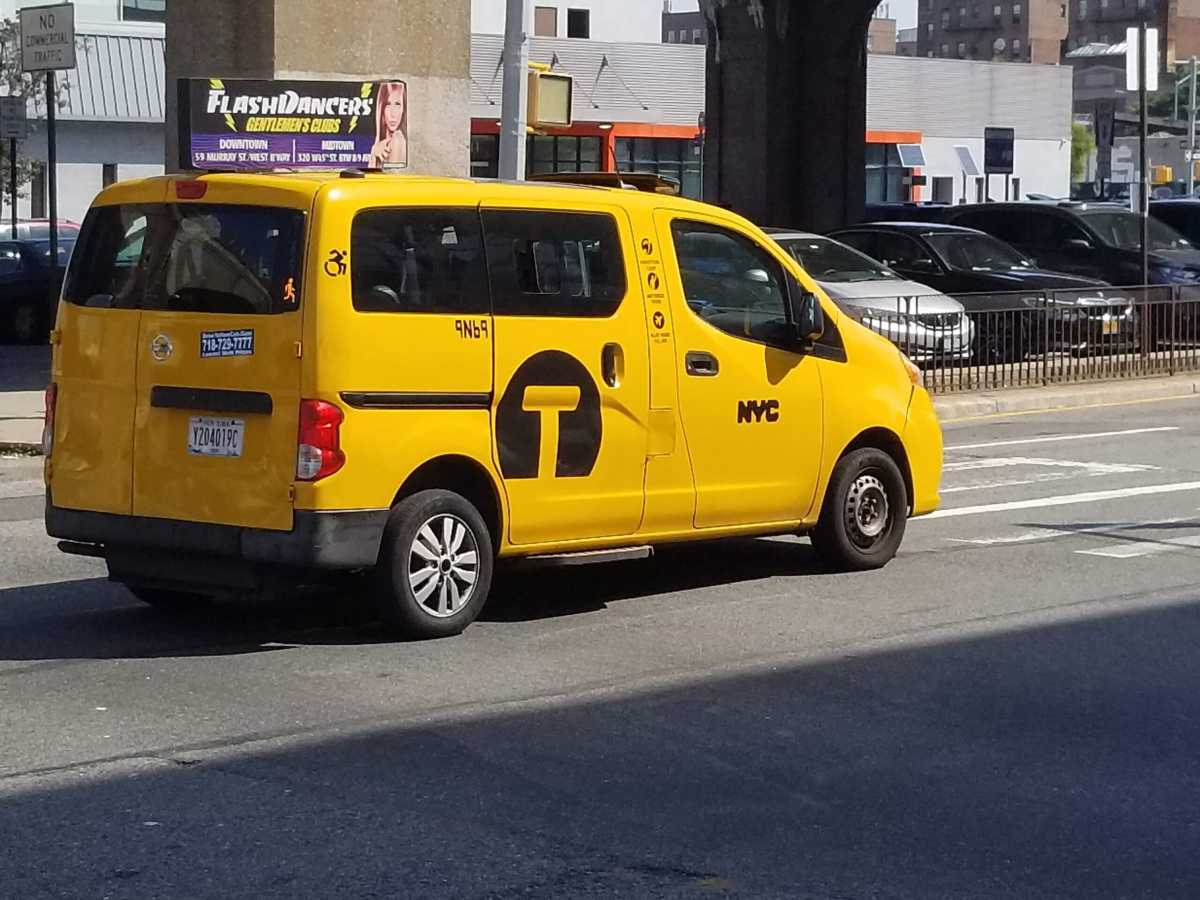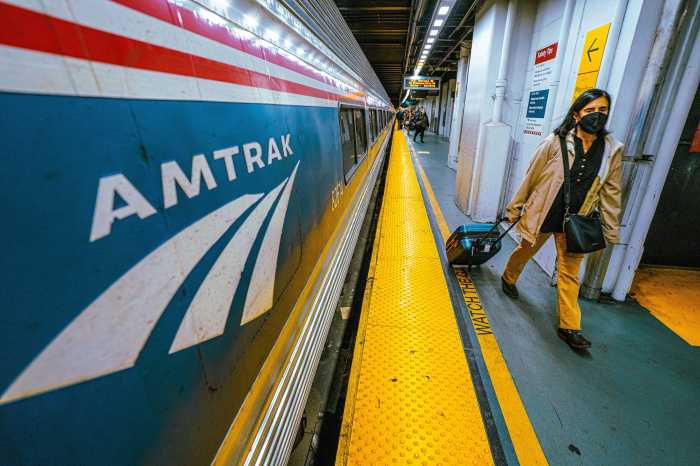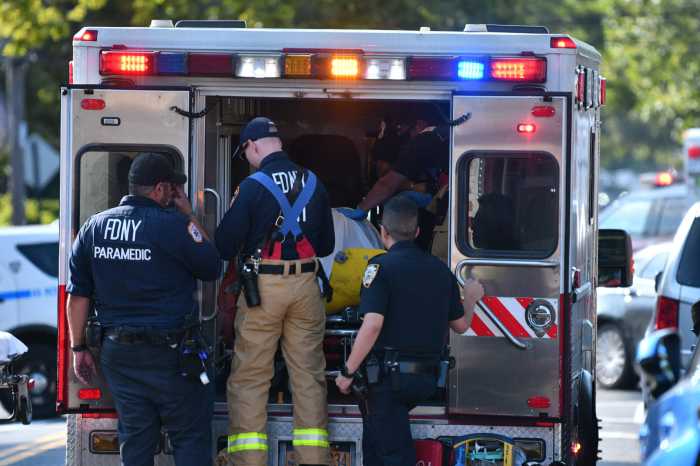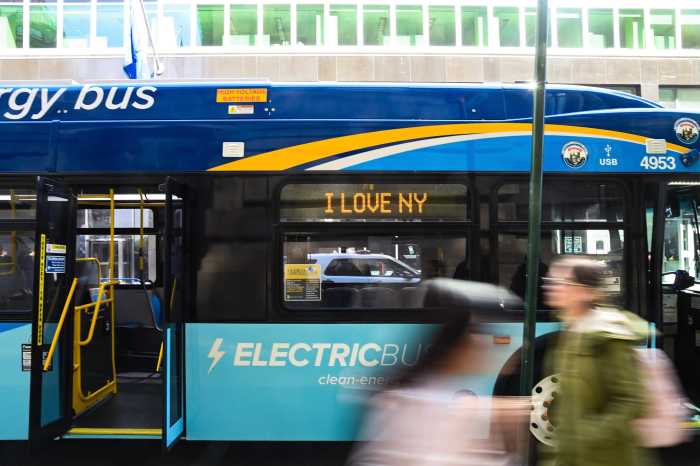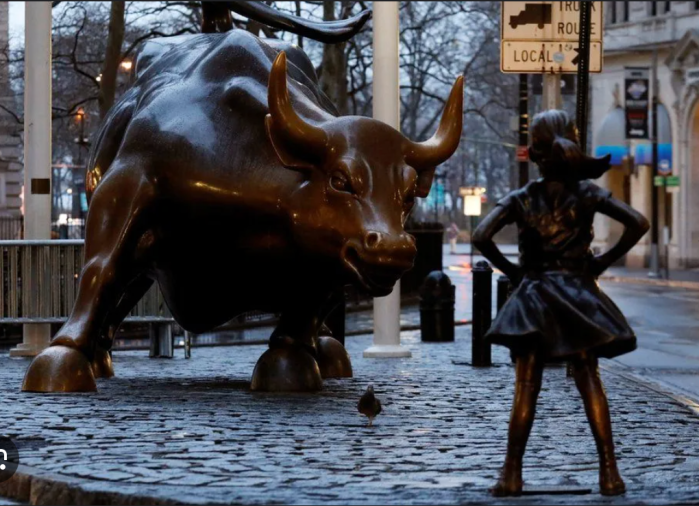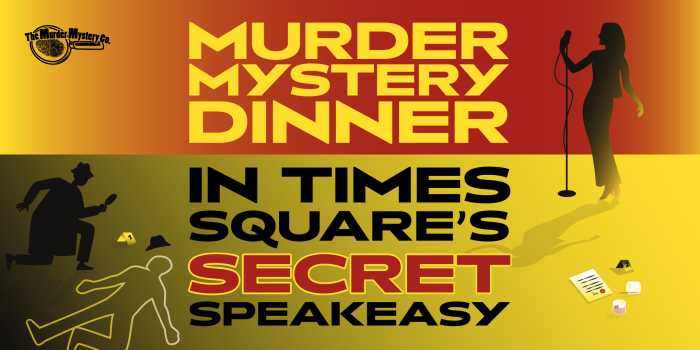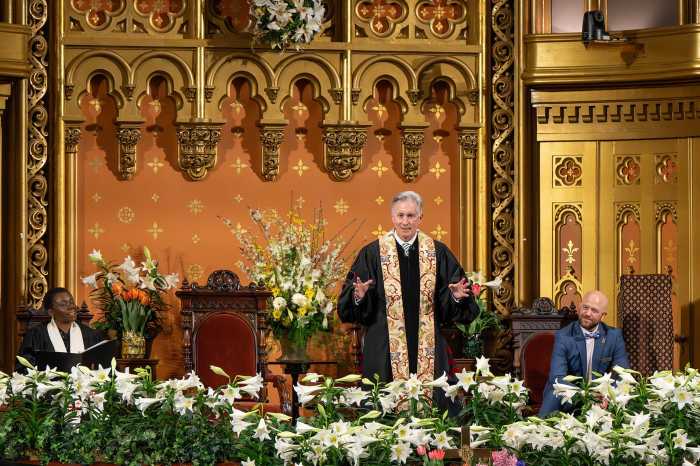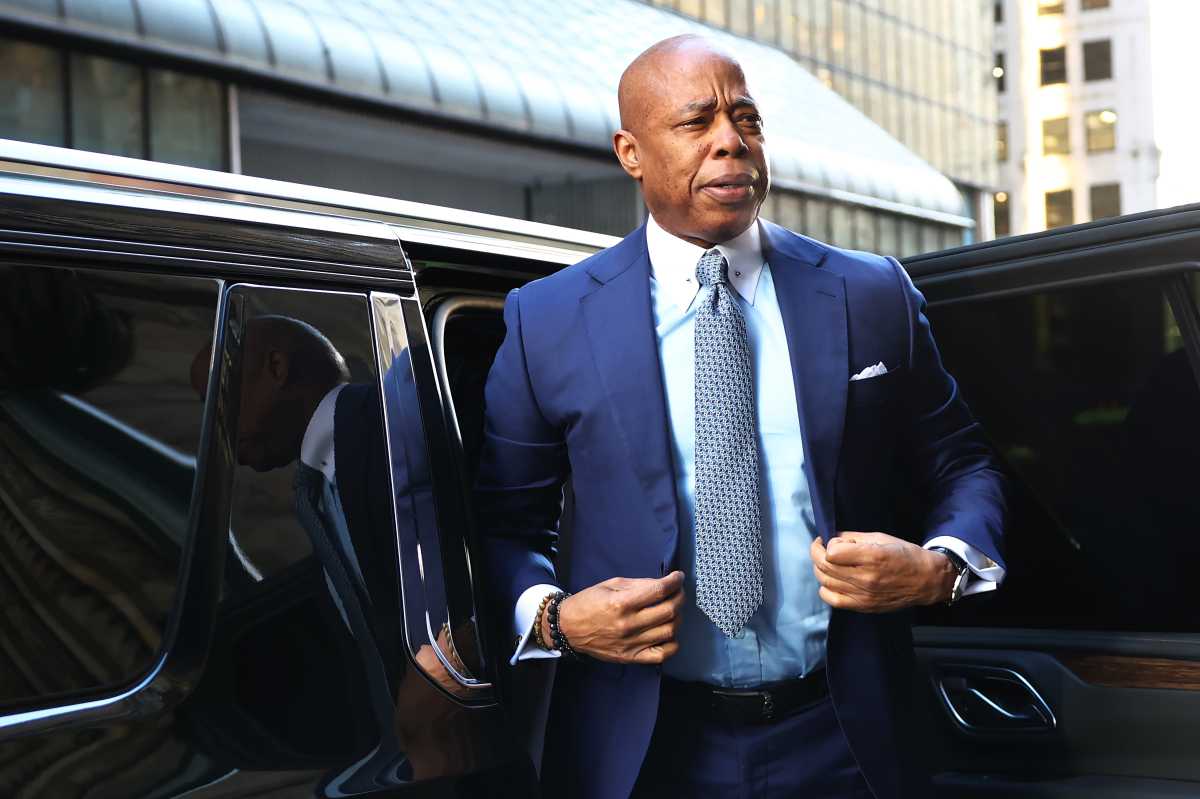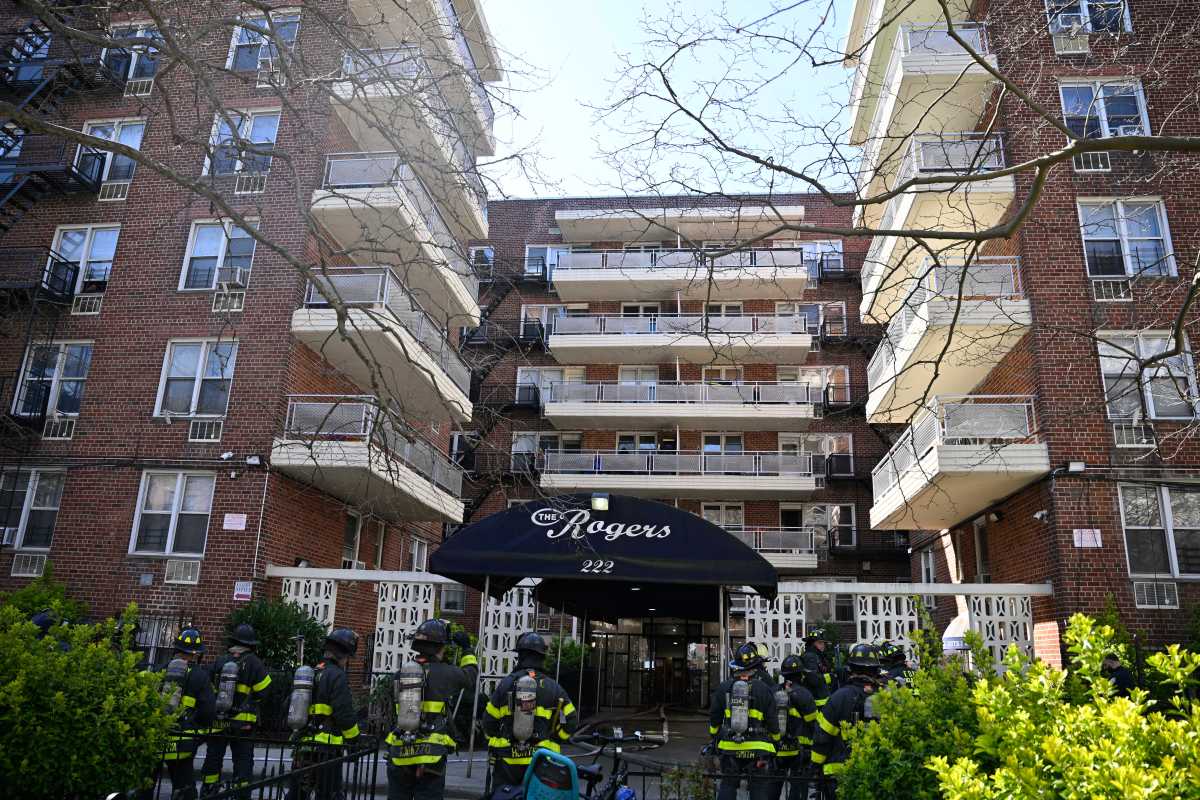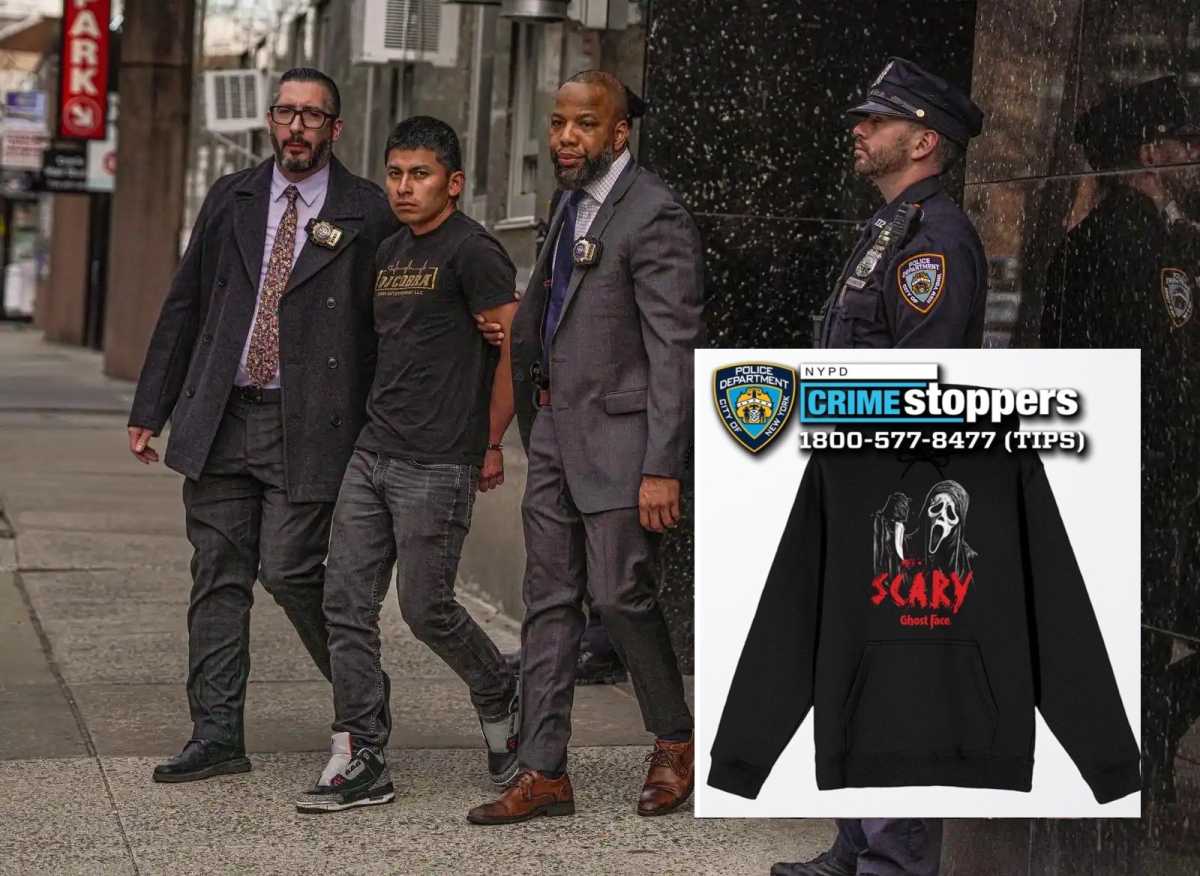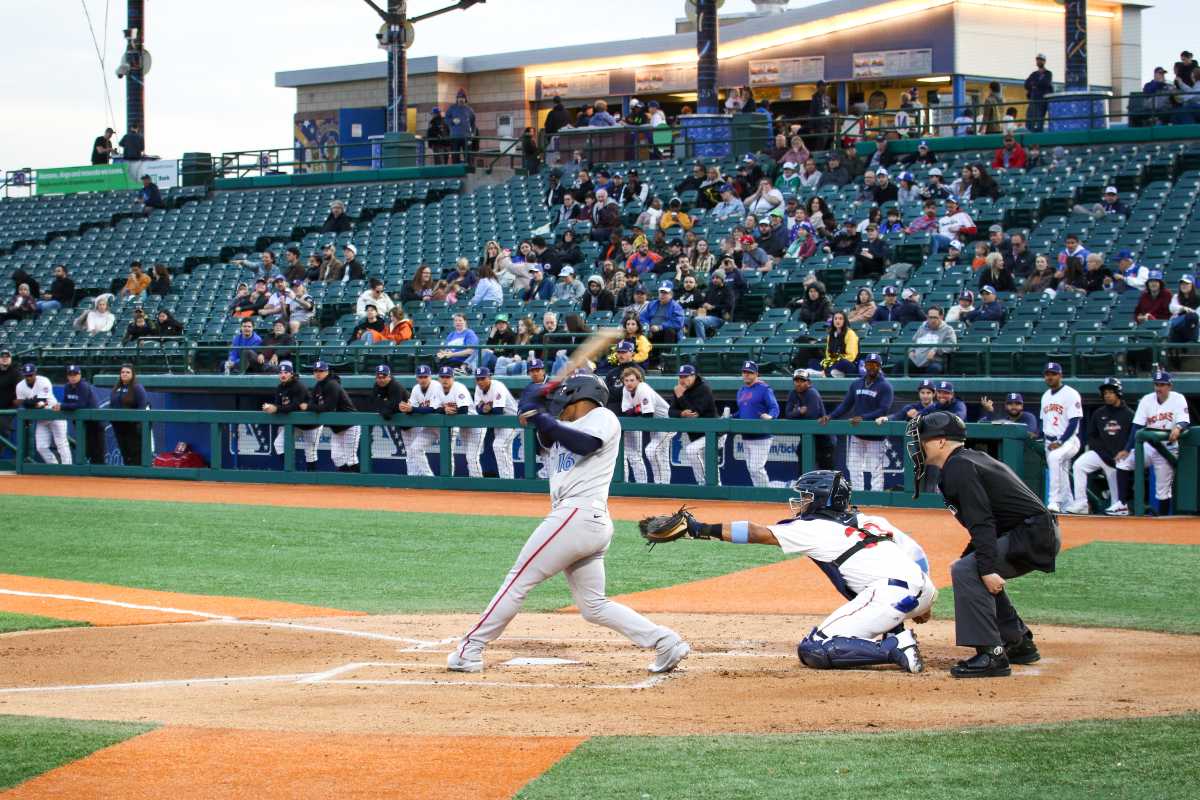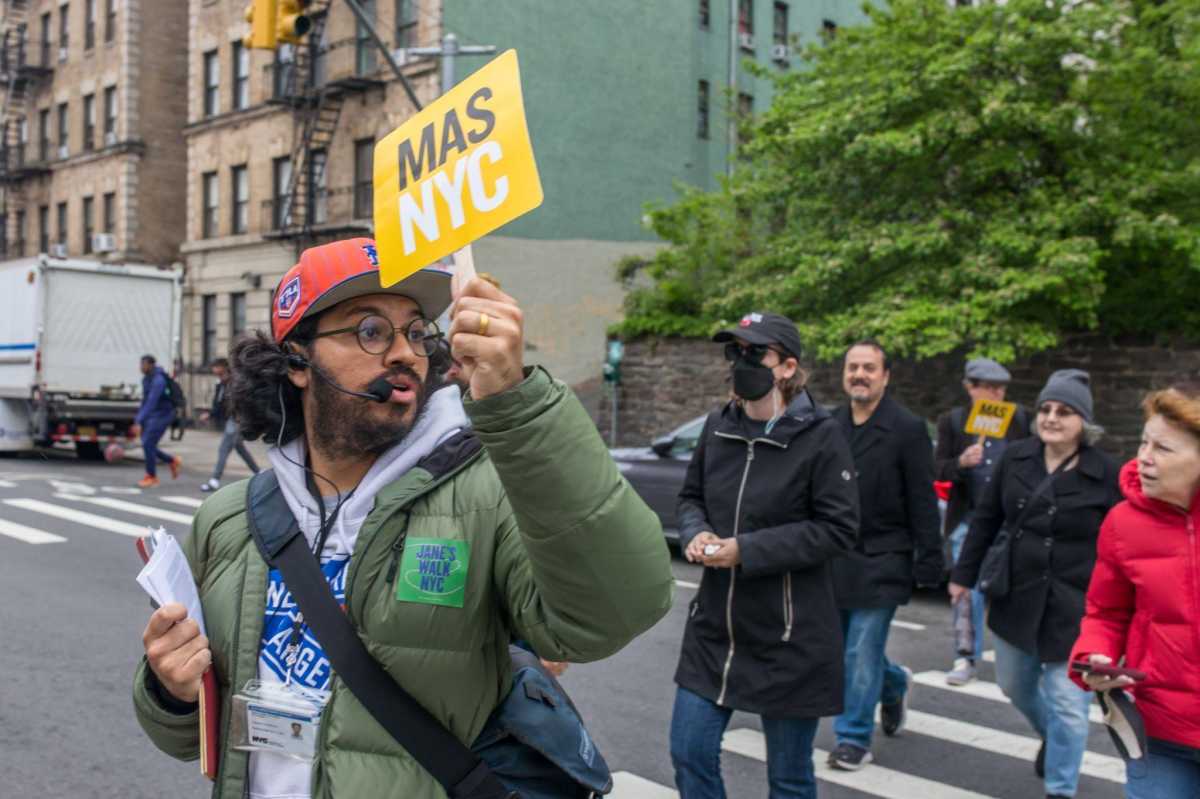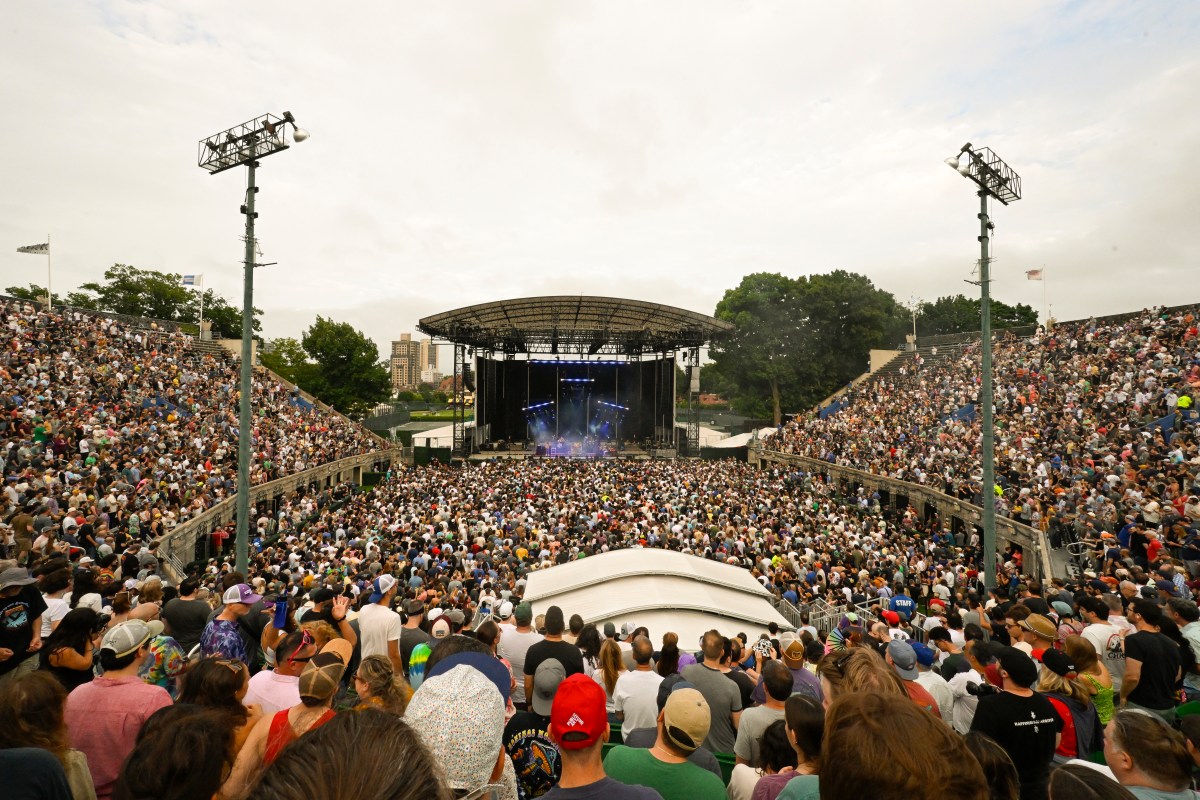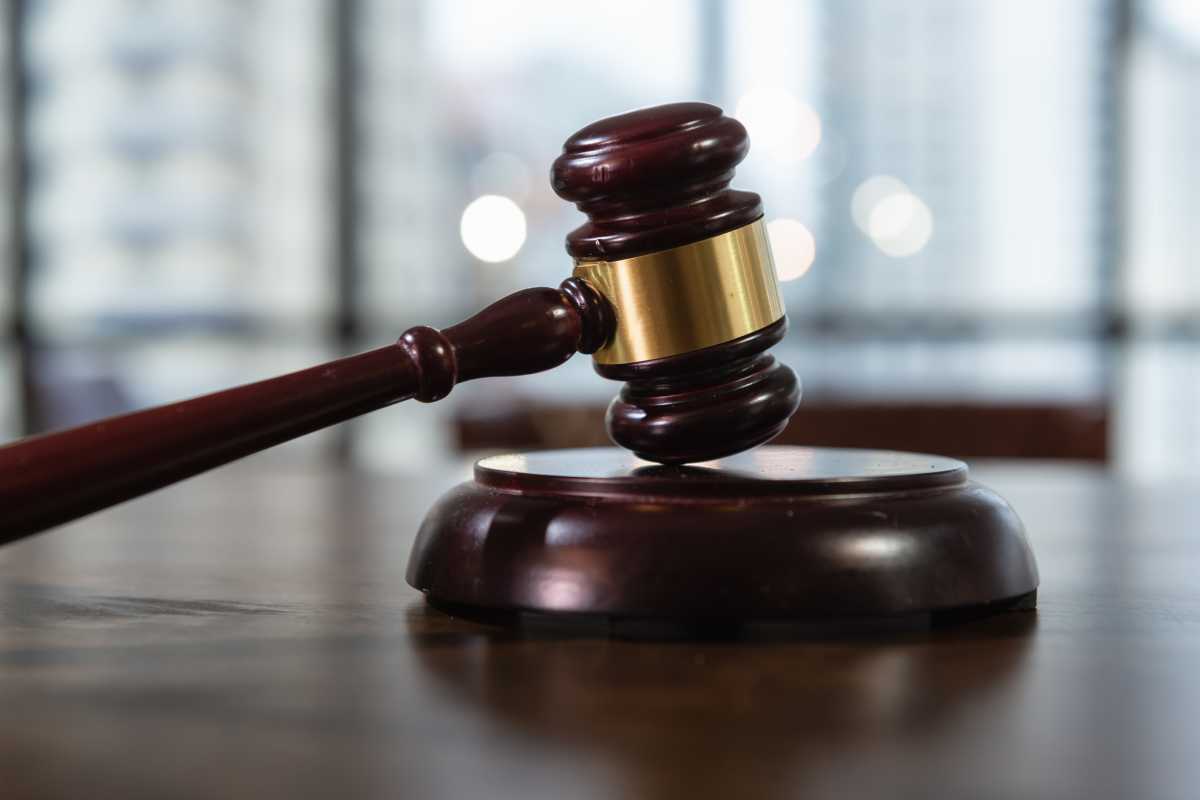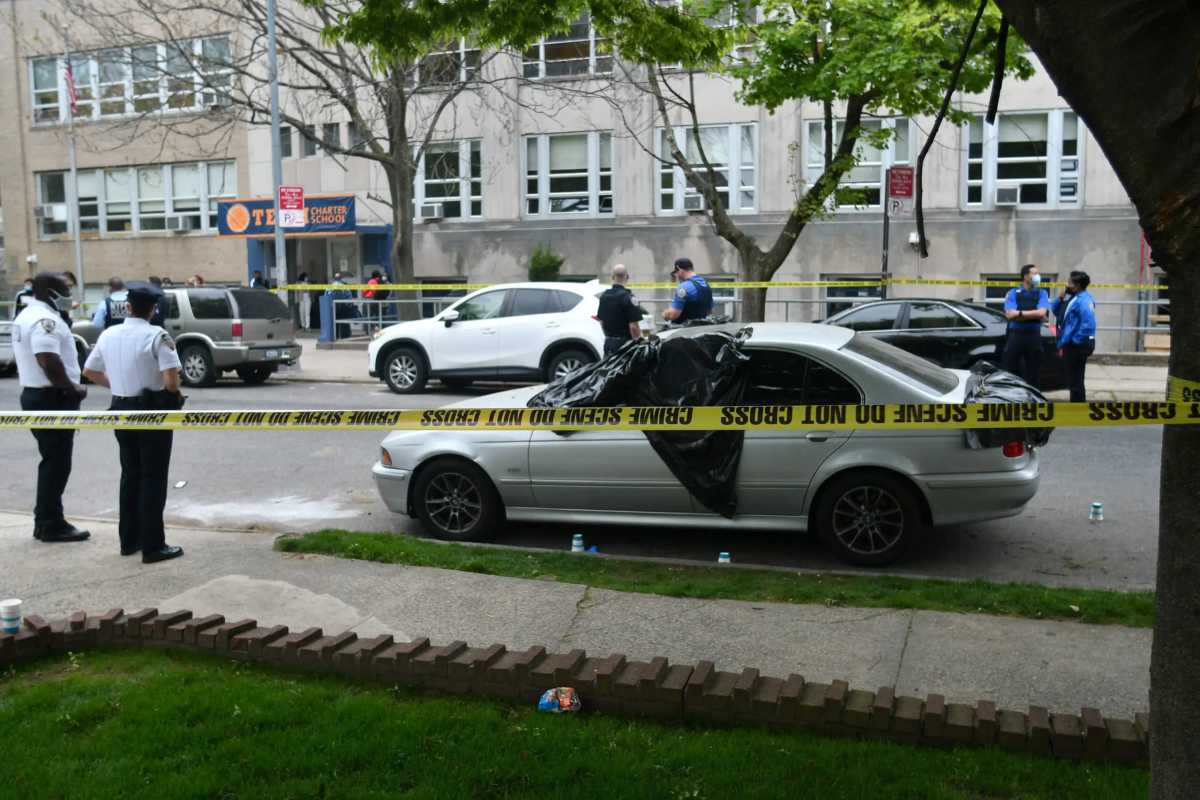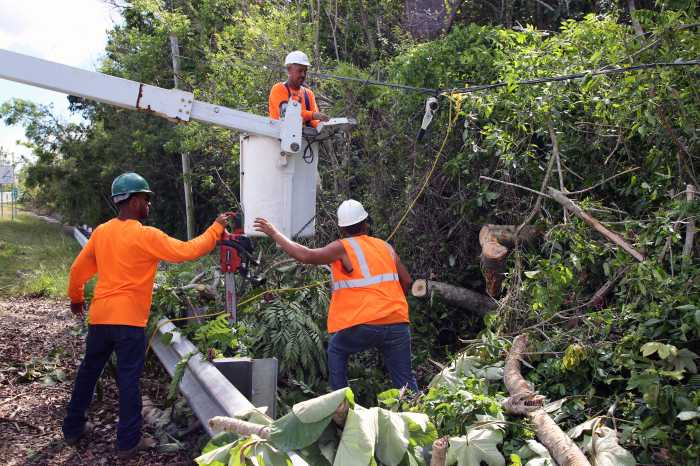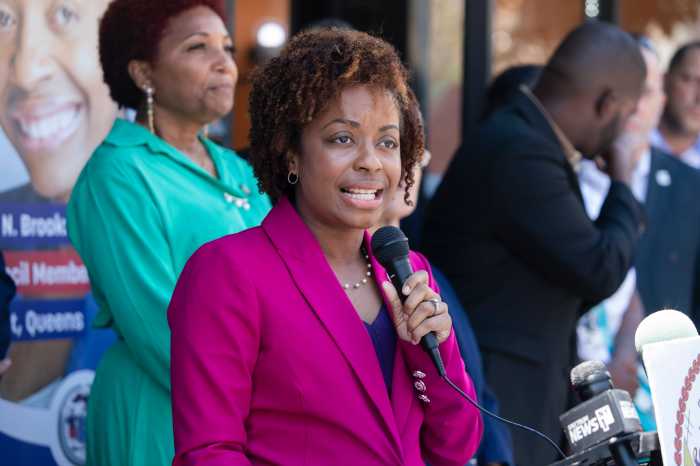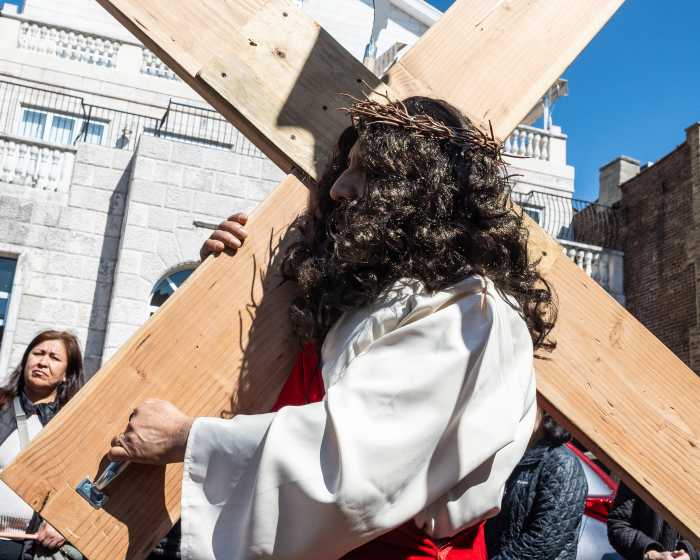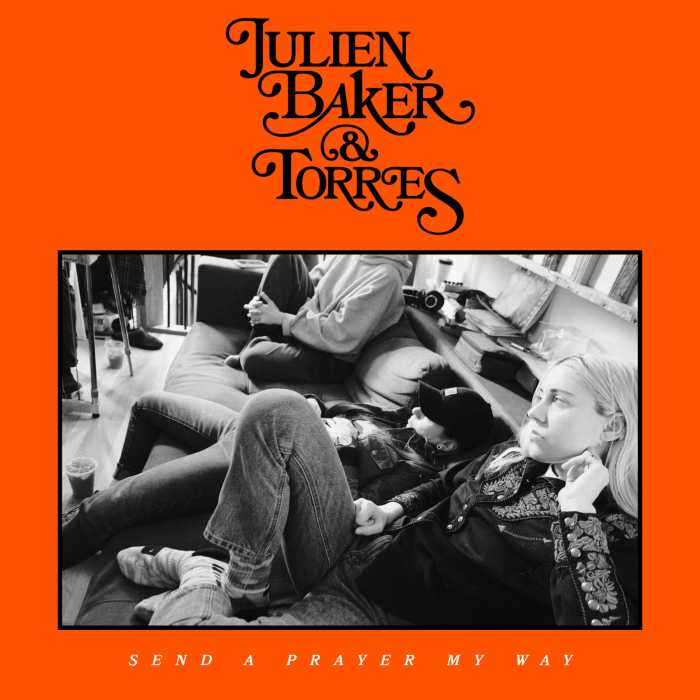More New Yorkers appear to be taking NYC yellow cab trips since the MTA’s congestion pricing toll program launched on Jan. 5, transportation officials said Monday.
Early data shows that taxi trips in NYC increased by 10% during the week of Jan. 5-12, 2025, compared to the same period last year, David Do, commissioner of the Taxi and Limousine Commission (TLC), said during testimony at a Feb. 10 oversight hearing on the yellow cab industry.
During that particular week, 511,376 taxi trips were made in the Central Business District (CBD), also known as the congestion pricing zone, compared to 461,821 during the same period last year.
Though it is only based on one week’s worth of available data, the increase is a bright spot in congestion pricing’s ongoing controversy that charges vehicles a base toll of $9 to enter Manhattan south of and including 61st Street. Since the toll plan charges taxi riders a 75-cent surcharge, many cab drivers have expressed concern that the charges will negatively impact their ridership.
Queens Council Member Selvena Brooks-Powers, chair of the council’s committee on transportation and infrastructure, said tolls imposed by congestion pricing will likely be passed down to consumers in the form of increased fares. But when she asked Do if this effect would drive down passenger demand for taxis or for-hire vehicles, the commish said the opposite has happened so far, at least for yellow cabs.
“We don’t have that much data yet, as it’s only been 30 days since we put in congestion pricing as a city,” he said. “However, the early data shows us that taxi trips have increased by 10% in the month of January compared to January 2024.”
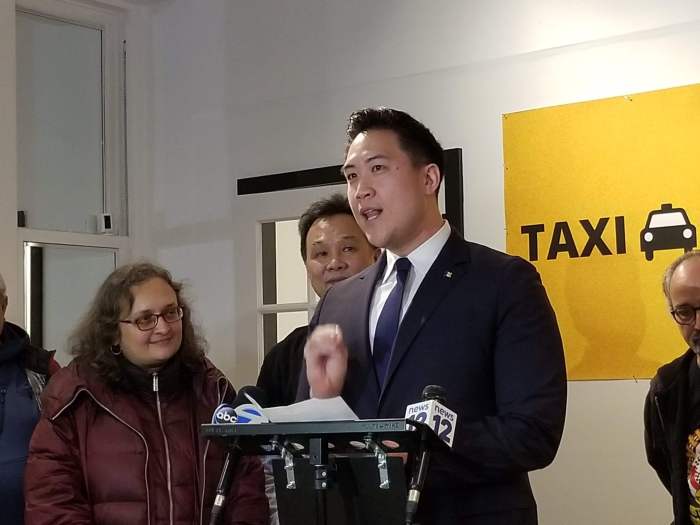
It is not clear yet if the increase can be attributed to congestion pricing or how much of the increased ridership went into or out of the congestion relief zone in Manhattan.
In the meantime, for-hire vehicles from rideshare companies such as Uber or Lyft have remained relatively the same, Do said.
“There are some fluctuations, but in the for-hire vehicle industry, we see a 1% decline in overall trips,” he said. “I think this is natural growth of the industry and also some relatively weird things in the data, so we want to look at a longer period of time.”
Other agencies, including the MTA and NYC Department of Transportation, will also examine the incoming data for taxis and for-hire vehicles. The latter pay a $1.50 congestion pricing surcharge.
Taxi drivers make their own decisions about what trips they want to take, such as airport pickups and drop-offs. Do said some drivers might like going into the CBD because there is less traffic, which makes for faster trips.
“The incentive of going into the CBD, which we know from initial data, is that you can get trips faster, you can move through the CBD,” Do added. “On average, before congestion pricing for a long period, the speeds of the congestion-relief zone were much slower. So if you can get passengers to your destination just a little bit quicker, it means you get a little more free time now to search for that next fare instead of waiting in traffic.”
Before congestion pricing kicked in, taxi and rideshare passengers already had to pay between $2.50 and $2.75 per ride to pass through a separate congestion zone that begins below 96th Street in Manhattan.
Read More: https://www.amny.com/nyc-transit/
